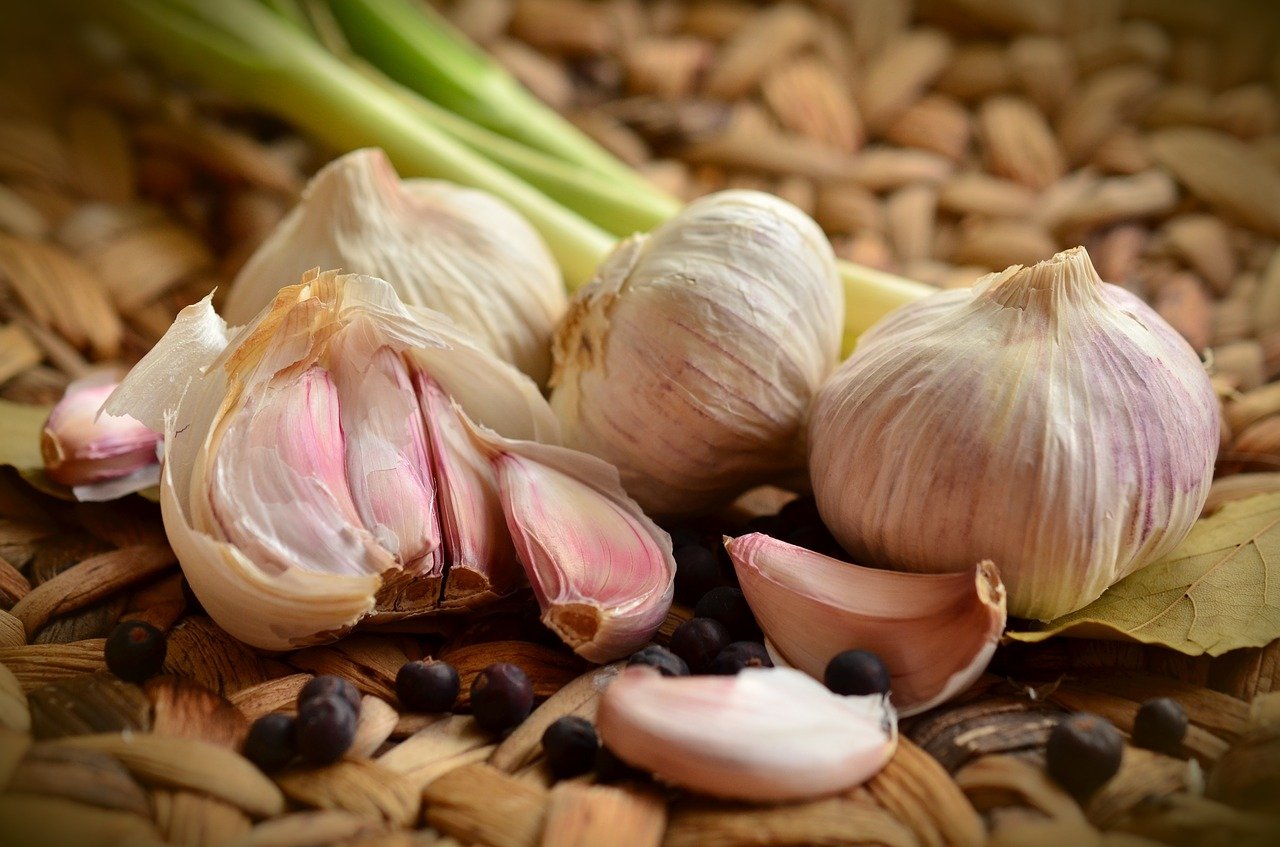
Are you looking for a natural way to manage diabetes? Have you heard about the benefits of okra water but aren’t sure what to make of it? If you’re nodding along, then you’re in the right place! This blog post will delve into the world of okra water, its potential benefits, especially for diabetes, and how to prepare it. So, let’s get started! 🚀
🌱 What is Okra?
Okra, also known as “lady’s finger” or “bhindi,” is a green, finger-shaped vegetable that is a staple in many cuisines around the world. But did you know that okra water, made by soaking okra pods in water, is gaining popularity for its potential health benefits? Let’s explore this further.
Do read more about Okra in Diabetes.
💧 Okra Water: A Natural Health Booster
Okra water is simply water that has been infused with the goodness of okra. It’s easy to prepare and is believed to be packed with numerous health benefits. Here are some potential benefits of drinking okra water:
- Rich in Antioxidants: Okra water is a great source of several important antioxidants, such as quercetin and kaempferol. These compounds may reduce inflammation and neutralize harmful compounds called free radicals, protecting against several chronic health conditions.
- May Support Weight Loss: Okra water may promote weight loss by increasing water intake, reducing food intake, and temporarily boosting your metabolism.
- May Promote Blood Sugar Management: Okra water may help stabilize blood sugar levels, thanks to several compounds — including polyphenols and flavonoids — that may help reduce blood sugar levels.
- Boosts Immunity: Okra water, rich in antioxidants, actively works against free radical damages in the body, promoting overall immune health.
- Good for Heart Health: Okra water includes compounds that help modulate cholesterol levels in the blood, potentially reducing the risk of heart-related issues.
- Beneficial for Skin Health: Okra water, high in vitamins A and C and antioxidants, may help purify blood, flush out toxins, slow down the ageing process of the skin, and reduce issues like skin irritations and blemishes.
🍵 How to Prepare Okra Water
Preparing okra water is simple. Here’s a step-by-step guide:
- Take 4-5 medium-sized okra pods and wash them thoroughly.
- Cut both ends of the pods, then split the pods in half or pierce each side with a knife.
- Place the pods in a large glass or jar, then cover them with water.
- Let the okra soak overnight at room temperature.
- In the morning, squeeze the okra into the water to release any leftover sap. Remove the okra pods and your okra water is ready to drink!
🍶 Okra Water and Diabetes
Okra water has been gaining attention for its potential to help manage blood sugar levels, making it a topic of interest for people with diabetes. The compounds found in okra, including polyphenols and flavonoids, may help reduce blood sugar levels. However, it’s important to note that while these benefits are associated with okra and potentially okra water, more specific research on okra water is needed. As always, it’s a good idea to consult with a healthcare provider before making significant changes to your diet or health regimen.
Do read more about Okra in Diabetes.
📚 Conclusion
Okra water is a simple, natural health drink that you can prepare at home. While more research is needed, preliminary findings suggest that it may offer several health benefits, including blood sugar management, weight loss, and improved heart and skin health. So, why not give it a try? You might find that okra water is just what you need to boost your health and wellness!
📌 FAQs
1. Can I eat the soaked okra in okra water? No, the soaked okra is usually discarded after the water has been infused with its nutrients.
2. Can okra water cure diabetes? While okra water may help manage blood sugar levels, it should not be considered a cure for diabetes. Always consult with a healthcare provider for appropriate diabetes treatment.
3. Can I drink okra water every day? Yes, it’s generally safe to drink okra water daily. However, as with any dietary change, it’s best to consult with a healthcare provider first.
4. Can pregnant women drink okra water? Pregnant women should always consult with a healthcare provider before making any significant dietary changes, including drinking okra water.
5. Can I drink okra water for weight loss? Yes, okra water may support weight loss by increasing water intake and reducing food intake. However, it should be used as part of a balanced diet and healthy lifestyle.
Tags: Okra, Okra Water, Diabetes, Natural Remedies, Health Drink, Blood Sugar Management, Weight Loss, Heart Health, Skin Health, Immunity Booster.














